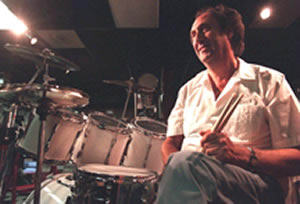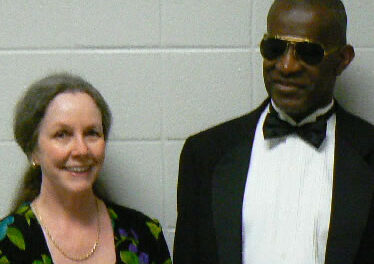A mid-December Sunday night concert in the auditorium of Hill Hall drew a moderate crowd of enthusiastic listeners for a program centering on New World music – works by Florence Price, Arturo Márquez (b.1950), and Antonín Dvořák – ushered in with a holiday preview (as in New Year’s) – J. Strauss II’s “Blue Danube Waltz.”
The Chapel Hill Philharmonia currently fields around 85 players, with particular strength in the strings. In the absence of music director Donald L. Oehler this term, podium leadership was provided by Evan Feldman. The orchestra seemed to like him and appreciate his skills, and the ensemble played exceptionally well for him.
The orchestra began as the Village Orchestra of Chapel Hill, sparked into life by folks like Edgar and Dorothy Alden, Joel Carter, and Ruth Johnsen and Brent Wissisk. Its first concerts were called “open public rehearsals” – there were no delusions of grandeur at the outset! We were reminded of this bit of history during remarks preceding the second half, in which tributes were paid to two long-term members who passed away this year – flutist Pat Pukkila and trumpeter Larry Slifkin. It’s always helpful to remember from whence we came. One suspects these artist/scholars would have been pleased with the performances on this occasion.
The Strauss was especially welcome during a time when Christmas music is ubiquitous, and the orchestra played it under Feldman’s direction with polished elegance.
There was more of the same in the evening’s major rarity, Price’s Concert Overture No. 1 (composed before 1943). She’s finally coming into her own – too late, but better late than never. (For more information, see the CHP’s wonderful program notes by Mark Furth and Lawrence Evans – notes that are well worth tracking down and keeping for future reference.) Her Overture is a substantial piece, lushly orchestrated, that is infused with “New World” sounds – it has the spaciousness of Copland’s more popular compositions, and it’s wrapped around the spiritual “Sinner, Don’t Let this Harvest Pass,” strains of which recur frequently as the music unfolds. The orchestra played with enthusiasm and commitment, making a very strong case for the score.
The last number on the first half was Márquez’s Danzon No. 2, one of a series of nine compositions based on tunes from the Veracruz region of the composer’s native Mexico. It’s raucous and boisterous, it made a big impression, and it went on almost but not quite too long. The crowd seemed to love it. (One was reminded of Tom Lehrer’s famous song, “In Old Mexico,” one line of which kept bubbling up during the performance: “The mariachis would serenade / And they would not shut up till they were paid….”)
Part two was devoted to a performance of Dvořák’s “New World” Symphony (No. 5, under the old numbering, or No. 9, under the new) in E minor, Op. 95 (B.178). It was comforting to hear this grand old work from the pen of a master who urged Americans to embrace our own music. There’s a “spiritual” in the Largo, an “American” tune that later became popular as “Goin’ Home” (for much more information on which, click here.) That admirable slow movement was a highlight of the reading, but the rest was comparably fine, with lots of very good playing from all concerned, One might say the CHP was firing on all cylinders, most of the time – the minor glitches here and earlier were for the most part inconsequential in the overall scheme of things. This orchestra merits our respect – and our support. Its members do this work out of love for the music and to enrich the community that is its home. For more information, visit this portion of the orchestra’s website.












